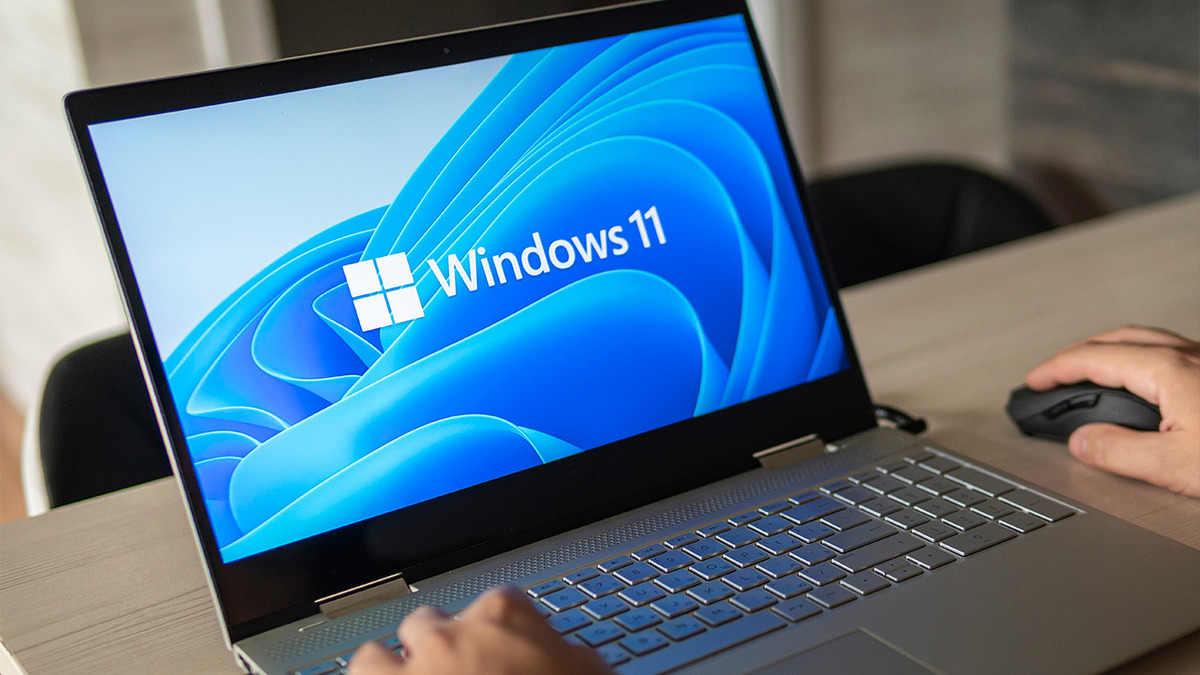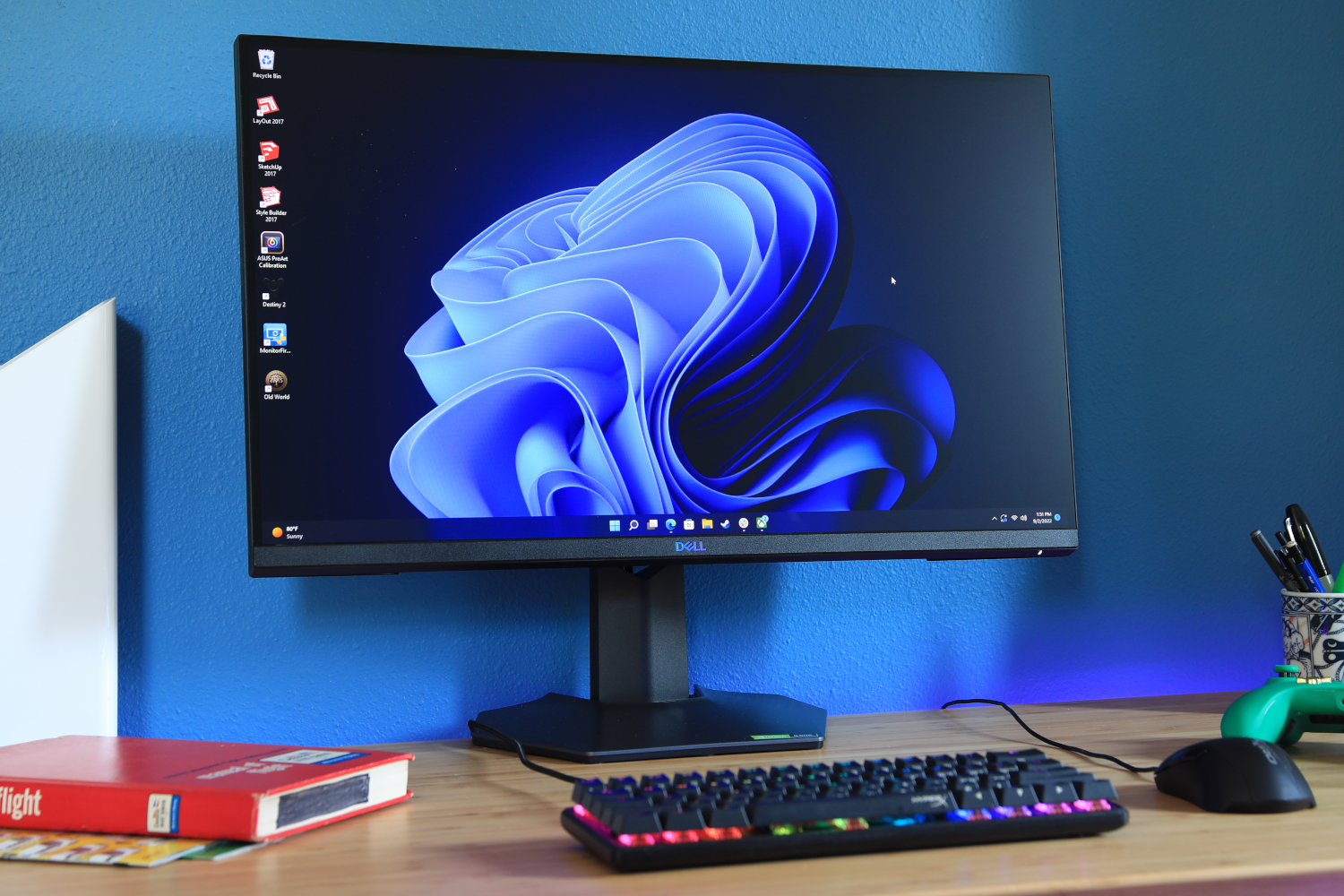5 Crucial Steps to Take When Setting up Your New Computer
March 11, 2023 By Monica Green

(Image Credit Google)
Source: PCMag
When setting up a new computer, there are several important things to consider before diving right in. While it can be tempting to start using your new device immediately, taking the time to address these crucial steps will save you time, money, and potential headaches down the road.
Setting up a New Computer
Sign up for an online backup service
In addition, it's essential to sign up for an online backup service. Online backup services are software tools and subscription services that automatically keep your data safe on secure servers away from your home or business. While there are several inexpensive and easy-to-use online backup services available, you may also consider using a free backup service or a local backup tool if you don't want to spend extra money.
Install available Windows
updates.
Another essential step is to install any available Windows updates. While you might assume that your new computer would be fully updated, this is often not the case. Microsoft releases security and non-security updates on a regular basis, sometimes more frequently than once a month. While the Windows Update tool is preconfigured to download and install updates automatically, it can be overwhelming to have this happen in the background during your first few hours of using the computer.
Therefore, we recommend changing the Windows Update settings to suit your preferences. Furthermore, Windows Update might install driver updates for you, which are necessary for your hardware to work correctly. However, Microsoft only provides basic drivers for some hardware, and you may need to install a driver for some gaming mice, USB microphones, webcams, drawing tablets, and other devices that you may plug into your new computer. You can either search for and install the drivers manually or use a free driver updater tool that can automatically check for and install any missing or outdated drivers.
 Source: MySmartPrice
Source: MySmartPrice
Install a file recovery program
Another step to consider before you start using your new computer is to install a file recovery program. While it may seem unnecessary at first, it's always better to be prepared. Installing a file recovery program before you need it is crucial since waiting until after the file has been deleted could overwrite the same space on the hard drive where your deleted file is located, preventing you from undeleting it. There are several free file recovery software programs available that you can install and forget about until you need them.
Update your antimalware program
First and foremost, it's important to update your antimalware program. While most computers come with a preinstalled program, such as Microsoft's built-in tool for Windows, it's unlikely that it will be up-to-date. Therefore, after setting up your computer, it's essential to head to the scanner's settings and update the "definitions" - the instructions that teach the program how to identify and remove new viruses, Trojans, worms, and other types of malware. In addition, there are many free antivirus programs for Windows that are worth considering to provide extra protection for your computer.
Also Read: Biocomputers Powered By Real Human Brain Cells Could Leave AI Behind
Uninstall programs you don't want
Finally, it's worth taking the time to uninstall any preinstalled programs that you don't want or need. Your new computer likely came with a lot of extra software, and while leaving these programs installed may not seem like a big deal, they can hog up memory and processor power that you'd rather use for other things. You can head into Settings or Control Panel and uninstall these programs manually, or use a dedicated uninstaller program to get the job done quickly and easily.
 Source: PC World
In conclusion, there are several important steps to take when setting up a new computer, including updating your antimalware program, installing available Windows updates, installing a file recovery program, signing up for an online backup service, and uninstalling preinstalled programs that you don't need. By taking the time to address these crucial steps, you can ensure that your new computer is secure, up-to-date, and running smoothly from the very beginning.
Source: PC World
In conclusion, there are several important steps to take when setting up a new computer, including updating your antimalware program, installing available Windows updates, installing a file recovery program, signing up for an online backup service, and uninstalling preinstalled programs that you don't need. By taking the time to address these crucial steps, you can ensure that your new computer is secure, up-to-date, and running smoothly from the very beginning.


 Source: MySmartPrice
Source: MySmartPrice
 Source: PC World
In conclusion, there are several important steps to take when setting up a new computer, including updating your antimalware program, installing available Windows updates, installing a file recovery program, signing up for an online backup service, and uninstalling preinstalled programs that you don't need. By taking the time to address these crucial steps, you can ensure that your new computer is secure, up-to-date, and running smoothly from the very beginning.
Source: PC World
In conclusion, there are several important steps to take when setting up a new computer, including updating your antimalware program, installing available Windows updates, installing a file recovery program, signing up for an online backup service, and uninstalling preinstalled programs that you don't need. By taking the time to address these crucial steps, you can ensure that your new computer is secure, up-to-date, and running smoothly from the very beginning.






